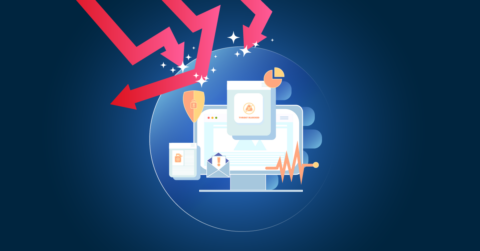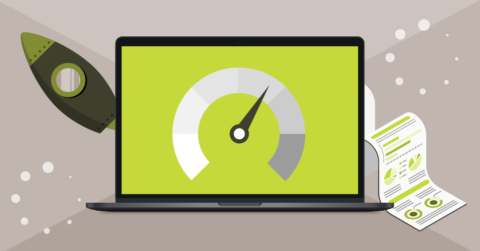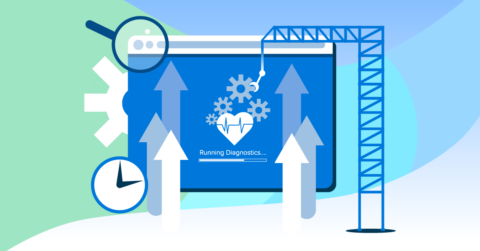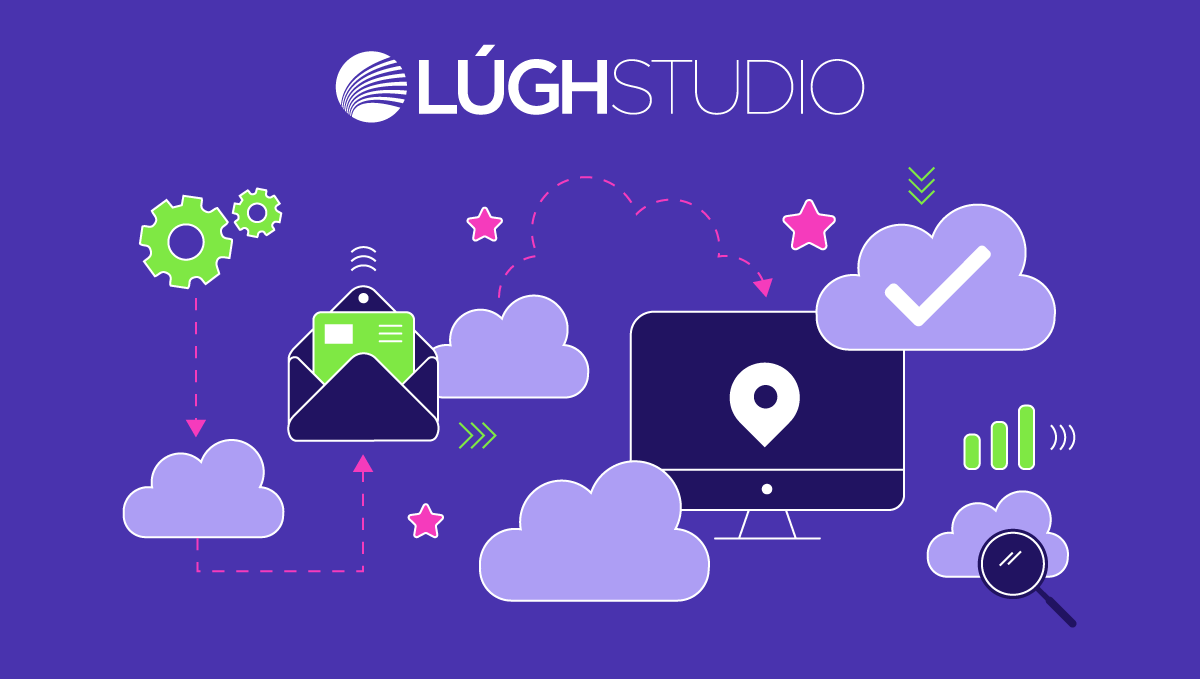
The Ultimate Guide to Email Marketing
03/01/21
Email marketing is so important – use this guide to see how to do it effectively, and learn some tools that you can use to enhance your own email marketing.
If you want a cheat sheet of our ultimate guide, be sure to download it for easy reference.
Table of contents
- Why is Email Marketing so Important?
- Fundamental Pillars of Email Marketing Campaigns
- Measuring Success in Your Campaigns
- Keys to Successful Email Marketing
- Next Steps for Improvement & Growth
- Stellar Email Service Providers
- Final Remarks
Why is Email Marketing so Important?
You have likely heard the phrase, “the money is in the list,” but what does that really mean?
1) Your email list is one of the only entities that you truly own
Built up a large following on Facebook?
Have a million subscribers on YouTube?
While these are certainly beneficial to your business (and great accomplishments in their own right), they are built on shaky foundations. That’s because as long as your audience is on somebody else’s platform, they call the shots.
All it takes is an algorithm adjustment or a blocked account to completely collapse your reach.
A solid email list can be your safety net.
By having an email list, you know that there is a collection of people who have agreed to be contacted by you. You own that list.
2) The average ROI of an email list is much higher than other channels
As a business owner you want a solid ROI on your marketing efforts. Email marketing is one of the highest ROI’s there is.
In fact, many marketers say that email marketing is their most important marketing activity. Numbers may vary, but generally for every dollar that you spend, you get $38 back!
3) Your email list is a direct connection to your audience
You’ll see in this ultimate guide that one of the most important keys of successful campaigns is the relationship built with your email list.
If you remember one thing, let it be this: customers buy from people that they like. And to get people to like you, you need to build a relationship with them.
This is the main significance of email marketing.
Overall, email marketing is a convenient way to build a relationship with your audience, and if you do it right it can make you a lot of money.
Simple as that.
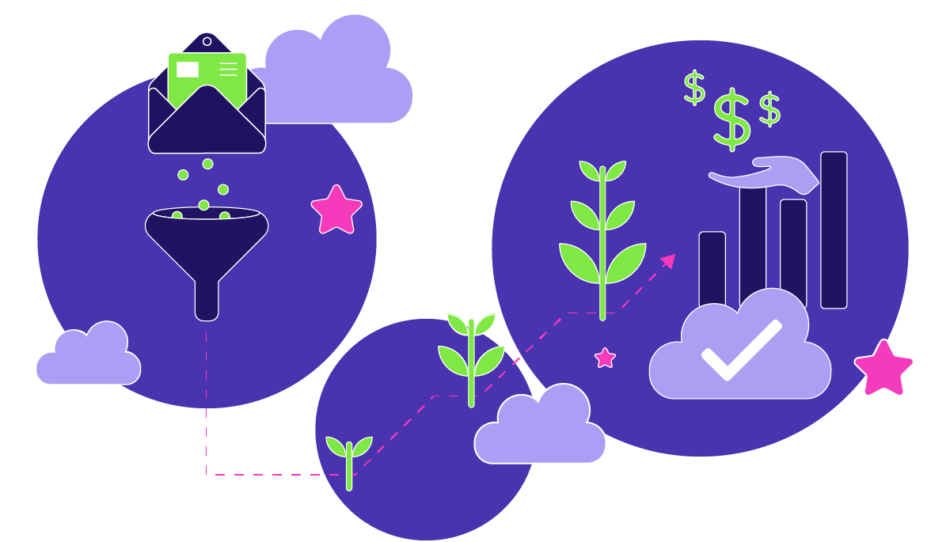
Fundamental Pillars of Email Marketing Campaigns
There are 5 main pillars of successful email marketing campaigns.
1) Provide value
This is the golden rule of email marketing.
Each email you send should provide something of value to your audience, but how you provide this value is dependent on your business and the email itself.
Usually it comes down to two things: education or entertainment.
2) Consistency is key
It’s not enough to “email when you feel like it.” While once per week is the generally accepted minimum, try to email more frequently.
This gets your audience used to hearing from you – and builds your relationship in the process.
3) Copy is more important than pretty design
This is something a lot of companies mess up on. They think it’s ok to slap something on a page, make it look pretty, and push “send.” They also think customers will buy as long as the ad looks good.
Not true! People prefer story over design. While the two certainly work together, spend the majority of your time on writing something helpful.
4) Treat email marketing as a chance to connect with your audience
Back to that relationship building. If you care about your subscribers, they will care about you. Never forget that.
Your subscriber’s time is valuable – make opening your emails worth it!
5) Track your KPI’s
KPI’s (or “key performance indicators”) are how you take the guesswork out of examining your email marketing efforts.
Figure out which KPI’s are important to you, and then zone in on improving the numbers.
Measuring Success in Your Campaigns
Tracking KPI’s is one of the most important things you should be doing for your business. After all, if you don’t have numbers – how can you know where to improve?
While different businesses will have different KPI’s to track, there are some that are consistent across most industries:
1) Delivery rate
This is the percentage of your emails that actually get delivered.
Ideally this rate would be close to 100%, but that’s not always how it pans out – numerous factors can contribute to low delivery rate.
By far the most important factor is which email service provider (ESP) you use. Keep reading to see our recommended list of ESP’s.
2) Open rate
Open rate is the percentage of emails that got opened by the recipients. Averages across industries can be anywhere from 10-35%.
The biggest factor that affects open rates is the subject line.
A subject line should be both informative and interesting, while also grabbing the subscriber’s attention. Make sure you are experimenting with different subject lines, and check out best practices here.
3) Clickthrough rate
The clickthrough rate can be measured in a few different ways. The most common definition is “percentage of people that open your emails that actually click on a link.”
You always want to include a link in your email to send your reader somewhere else. That can be anything from a blog post to a discounted product.
4) Subscriber count
While marketers often give their list size TOO much importance (bigger isn’t always better), keeping an eye on your amount of subscribers is important.
Your list growing is a sign that you are doing something right. People like the content you are creating, the lead forms you are designing, and the lead magnets you are providing them with.
While all four of the KPI’s above are important to keep track of, growth is often a game of start and stop. Sometimes an email or two doesn’t perform as expected, and that’s ok.
For even more information on KPI tracking, check out this list.
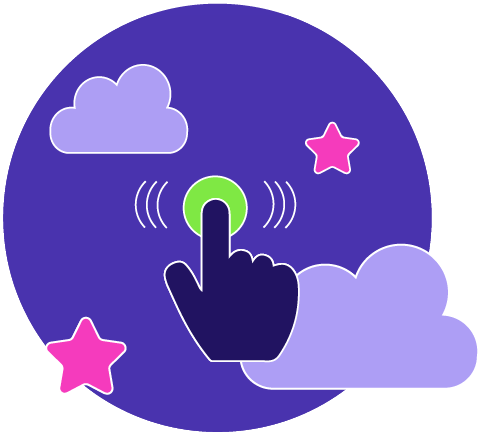
Keys to Successful Email Marketing
Let’s talk strategies.
1) Email opt-ins on your website
If you don’t have a place to sign up, people can’t sign up! An obvious point, but many websites make it difficult to become an email subscriber.
When it comes to email opt-in forms, there are typically two choices: an embedded form or a popup form.
While everybody hates popups, it’s been proven time and time again that they work. Still, people are more likely to leave their email address and become a lead if you give them something in return…
2) Lead magnets & freebies
Lead magnets are what you give people in exchange for their email address. This can be anything from a long form white paper explaining a topic in depth, to an email course that you send to them throughout the week.
Lead magnets are an excellent way to not only help your audience, but to also build a loyal relationship with them.
A helpful lead magnet is how you stand out from the crowd. So how do you find out what exactly your potential subscriber wants? That’s where audience research comes in.
3) A/B testing
A/B testing (often called split testing) involves testing out two or more different options to see which one works better. This is essential to effective email marketing because it paints a clear picture of what works well and what falls short.
So what can you A/B test? Usually, the most common split tests are subject lines and content of the email. Any ESP will let you do this quickly and conveniently.
4) Segmenting
Segmenting is your ability to send different emails to different parts of your list.
Not only is it one of the most important aspects to a great email marketing strategy, but it’s also the part a lot of marketers forget about!
The reason segmenting your list is so important is simple: people are different, and want different things. An email that one subscriber loves might be the same one another subscriber doesn’t even open.
While segmentation can admittedly get quite advanced, here’s what you need to know:
- Segments are typically created based off of the subscriber’s previous actions (opened last email, haven’t opened an email in two months, etc.) or information they have given you (location, age, interests, etc.).
- Most ESP’s will give you some options to segment your audience.
Segmentation is essential because it takes personalization seriously. Have you ever read an email where it was obvious it was sent to millions of other people? That is not a valuable email to receive.
Good email marketers avoid that at all costs, and try to only send things that are relevant to the individual. Over time, if you segment well enough, this builds a much deeper relationship with your subscribers than you could ever have if you just sent the same email to the same people over and over again.
Check out this list of segmenting ideas if you need some inspiration.
5) Autoresponders
Autoresponders are automated email sequences (usually, although they can also be just one email) that are sent out over the span of a couple days or weeks.
This puts your email marketing efforts on autopilot. This highlights one of the biggest strengths of successful email marketing: it uses technology and automation to build a relationship with your subscribers and make it more likely that they become paying customers.
While there are numerous autoresponders that you can use, here are some of the most impactful and widely used:
- Welcome sequence
- Cart abandonment sequence
- Email course that a subscriber signs up for
Make sure to do some research on what kind of autoresponders would work best for you and your business.
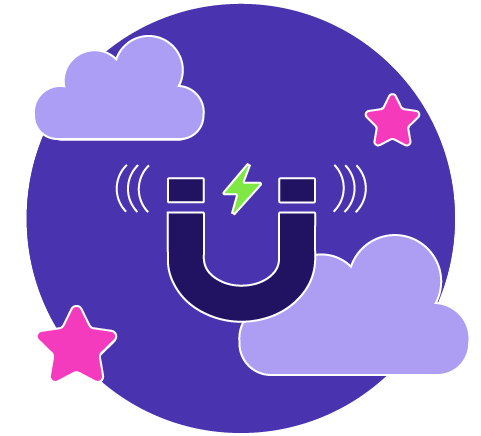
Next Steps for Improvement & Growth
While fundamental knowledge of email marketing best practices is important, it’s not a guarantee of success. Sometimes running little experiments is the quickest way to get valuable feedback.
1) Improve your copywriting skills
At the end of the day, good emails are dependent on good writing. Make sure your business has a clear voice and is consistent in communication with your subscribers. This can make a huge difference.
2) Email more often
People are often afraid of emailing their list too often, but as long as your emails are valuable, there’s not really a strict limit to how often you should email. In fact, there’s sometimes a direct correlation between frequency of emails and list health – so email away!
3) Trim your list ruthlessly
Remember this: a big list doesn’t mean anything if it’s not an active list. If people are on your list but never open any of your emails, they are essentially on your list for free (as you’ll see, most ESP’s increase the price the bigger your list gets). If they’re never going to become a paying customer, it’s perfectly fine to manually unsubscribe them.
Always remember: an active list beats a big list every time!
4) Ask your list questions
When people respond to you, it shows whichever ESP you are using that you aren’t just sending spam. This is important for your overall deliverability rate, and it also shows your list that you actually care about what they have to say. This builds a connection with your subscribers faster than anything.
5) Test everything
This goes back to A/B split testing, but it bears repeating: testing anything you can is how you gain valuable insight about your email marketing. It’s how you understand what your subscribers like, what they don’t, and certain kinds of emails that perform especially well. So take testing seriously!
6) Tell stories
Ensure that your campaigns are always, above all else, valuable. That said, there’s no reason that this value can’t be delivered in the form of a story! Humans connect with stories. We’ve been listening to them for thousands of years, and the best writers know how the power of a story can keep a reader captivated.
7) Be your wacky self
People appreciate realness. Use your email campaigns to show your subscribers your personality. In other words: own your weirdness.
This can be anything from trying out a corny dad joke to including silly GIFs in your emails. Have a little fun. The fact that you are a real person will shine through to your subscribers, and you’ll reap the benefits.
Stellar Email Service Providers
At this point in the guide, you have a good understanding of how to succeed at email marketing. You know to always provide value, which KPI’s to track, and you’ve also just read some ideas for email marketing experiments. Now it’s time to actually start your email list!
While you’ll need an ESP to get started, most are very similar and you’ll likely switch at some point, so don’t stress choosing too much.
Your ESP should have several features, including A/B split testing and segmentation.
If you are just starting out, most options will give you a free plan option, but as your list grows in size and advanced segmentation becomes more important, you will want to upgrade. Not to worry – email marketing is one of the best investments you can make for your business!
Because you know your business better than anybody, it’s important to take some time and research different ESP’s. Here’s a good place to start:
- MailChimp
- MailerLite
- Aweber
- ConvertKit
- Drip
- Constant Contact
- SendinBlue
- Get Response
- ActiveCampaign
- Omnisend
Overall, most ESP’s perform pretty much the same basic functions. Think about what your business needs, how big a part of your marketing strategy email will be, and decide from there.
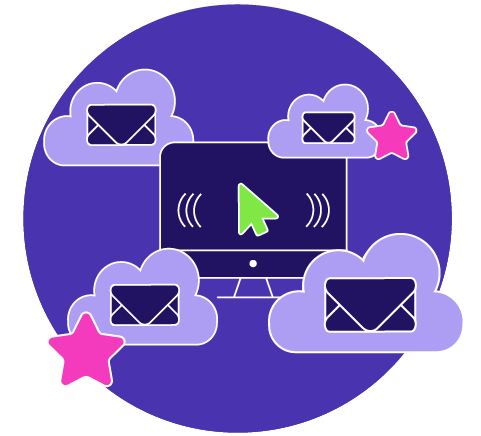
Final Remarks
Hopefully this guide has been able to provide you and your business with valuable information. While completely overhauling your email marketing based on this guide could be wildly successful, even implementing just a few of the tips is guaranteed to make a difference.
Email marketing continues to reign supreme – it’s a great way to connect with your audience and build long-lasting subscriber relationships.



